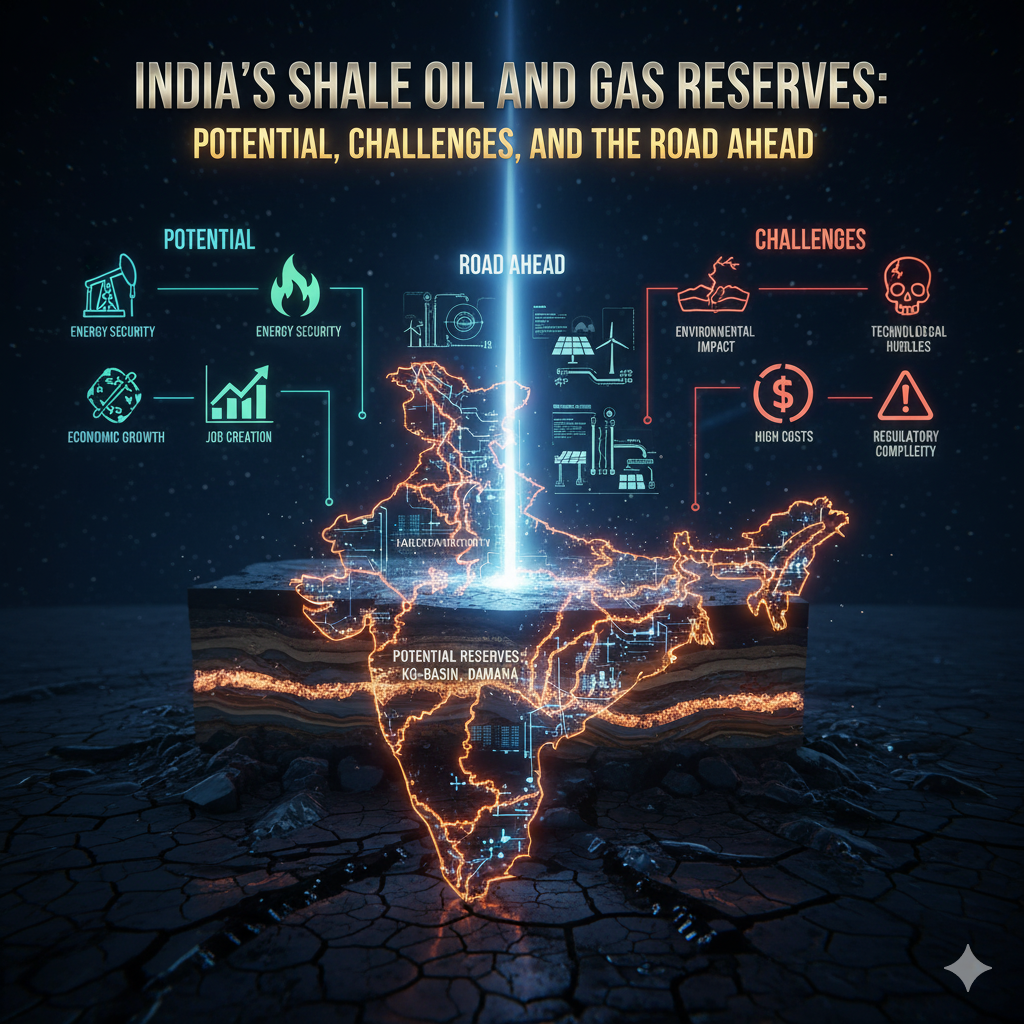Introduction
Petroleum refineries are industrial facilities where crude oil is processed into useful products such as gasoline, diesel, kerosene, jet fuel, lubricants, and petrochemical feedstocks. While one might logically assume that refineries are located close to crude oil producing areas to minimize transportation costs, in many developing countries, refineries are often situated far from oil fields.
This phenomenon arises from a combination of economic, geographic, logistical, political, and environmental factors. The spatial separation between refineries and crude oil sources has significant implications for energy security, industrial development, economic costs, and environmental management. Understanding the factors influencing refinery location and the consequences of these choices is crucial for energy planning and sustainable development in developing nations.
1. Factors Influencing the Location of Petroleum Refineries
The location of petroleum refineries is determined by multiple considerations beyond proximity to crude oil fields.
1.1 Proximity to Markets
- Refineries are often located near major consumption centers to reduce transportation costs for finished products.
- Urban areas, industrial zones, and port cities are preferred because they ensure ready access to fuel markets.
- Example: In India, many refineries are located near Mumbai, Chennai, and Vishakhapatnam, even though oil fields are concentrated in Assam and Gujarat.
1.2 Access to Transportation Infrastructure
- Refineries require efficient transport networks for both crude oil input and product distribution.
- Ports, railways, and pipelines are critical for importing crude (if domestic supply is insufficient) and exporting refined products.
- Coastal refineries facilitate shipping of both crude and refined petroleum, which is cheaper than inland transport.
1.3 Availability of Water and Utilities
- Refineries consume large amounts of water for cooling and processing, as well as electricity and other utilities.
- Coastal or urban locations often have better infrastructure, ensuring consistent water and power supply.
1.4 Environmental and Safety Considerations
- Refineries are potential sources of air, water, and soil pollution.
- Placing refineries away from densely populated areas mitigates health risks and reduces regulatory complications.
- Coastal or industrial zones are often designated for such high-risk industries.
1.5 Economic and Policy Factors
- Governments may offer tax incentives, subsidies, or industrial zones to attract refinery investment in specific areas.
- Strategic considerations, such as energy security or regional development, may influence location decisions.
1.6 Availability of Skilled Labor
- Refineries require technical expertise, engineers, and skilled labor for operation and maintenance.
- Urban or industrial clusters often provide better access to trained personnel than remote oil fields.
1.7 Geopolitical and Strategic Considerations
- In some cases, refineries are located away from potential conflict zones or environmentally sensitive areas.
- Coastal refineries reduce dependency on inland transport and facilitate import-export flexibility in a global energy market.
2. Implications of Refinery Location Away from Oil Fields
Locating refineries far from crude oil sources has multi-dimensional implications for developing countries:
2.1 Economic Implications
2.1.1 Increased Transportation Costs
- Crude oil must be transported via pipelines, rail, or ships, adding logistical costs.
- These costs are often passed on to consumers in the form of higher fuel prices.
- Long-distance transport also requires insurance, security, and infrastructure maintenance, increasing overall expenditure.
2.1.2 Investment in Infrastructure
- Developing countries must invest heavily in pipelines, storage facilities, and ports to ensure smooth crude supply.
- Maintenance of these networks is costly and may be prone to theft, sabotage, or technical failure.
2.1.3 Regional Economic Development
- Coastal and urban refinery locations can stimulate local economies by providing jobs and attracting related industries.
- However, oil-producing regions may not benefit directly from refinery profits, causing economic disparities.
2.2 Energy Security Implications
2.2.1 Dependency on Crude Transport
- Reliance on transporting crude from distant fields increases vulnerability to supply disruptions.
- Natural disasters, strikes, or sabotage can interrupt fuel supply, affecting national energy security.
2.2.2 Storage and Buffering Requirements
- Developing countries need large storage capacities near refineries to maintain fuel supply during transport interruptions.
- This adds to the capital and operational costs of refinery operations.
2.2.3 Import and Export Flexibility
- Coastal refineries allow importing crude if domestic production is insufficient and exporting refined products efficiently.
- This enhances strategic energy positioning in global markets but may reduce the incentive to develop local oil infrastructure.
2.3 Environmental Implications
2.3.1 Pollution Management
- Refineries near urban or coastal areas pose air and water pollution risks, including chemical spills and emissions.
- Coastal discharge may affect marine ecosystems, including fisheries and coral reefs.
2.3.2 Land Use and Ecosystem Impact
- Building refineries away from oil fields often requires large tracts of land in industrial zones, affecting coastal or agricultural areas.
- In developing countries, lack of strict environmental regulations can lead to ecosystem degradation.
2.3.3 Climate Change Considerations
- Transporting crude over long distances increases carbon emissions, contributing to global warming.
- Developing countries must balance refinery location with carbon footprint and sustainability goals.
2.4 Social and Political Implications
2.4.1 Disparities Between Oil-Producing and Refining Regions
- Communities near oil fields may experience environmental degradation without receiving economic benefits from refinery operations.
- This can cause social tension and political unrest, particularly in developing countries.
2.4.2 Employment Concentration
- Skilled jobs are concentrated near refineries, typically in urban areas, rather than in oil-producing rural regions.
- This affects regional employment equity and contributes to urban migration.
2.4.3 Strategic Vulnerability
- Concentrating refineries in a few locations can make them targets during conflicts or terrorist attacks, posing national security risks.
- Developing countries must plan redundancy and disaster management to mitigate this risk.
2.5 Operational and Technical Implications
2.5.1 Pipeline and Shipping Risks
- Long-distance transport exposes crude to pipeline leaks, corrosion, or maritime accidents.
- Technical failures can halt refinery operations, impacting national fuel supply.
2.5.2 Supply Chain Complexity
- Coordinating supply between oil fields, transport networks, storage, and refineries increases operational complexity.
- This requires advanced management systems and skilled personnel, often challenging in developing countries.
2.5.3 Maintenance and Safety
- Remote sourcing of crude means emergency response and maintenance are more complicated.
- Industrial accidents can have wider economic and environmental consequences due to scale.
3. Case Studies in Developing Countries
3.1 India
- Major refineries are located in Mumbai, Jamnagar, and Vishakhapatnam, far from Assam and Gujarat oil fields.
- Jamnagar refinery (coastal) allows crude import/export and supply to industrial hubs.
- Pipelines transport crude over hundreds of kilometers, increasing infrastructure cost but ensuring market access and operational efficiency.
3.2 Nigeria
- Nigerian refineries are located near coastal cities like Lagos and Port Harcourt, not directly at oil-producing Niger Delta fields.
- Transporting crude inland poses logistical challenges and vulnerability to sabotage and pipeline vandalism.
3.3 Indonesia
- Refineries are concentrated near industrial zones and ports rather than remote oil fields in Borneo.
- Coastal location enables efficient product distribution domestically and internationally.
4. Strategies to Mitigate Implications
Developing countries can adopt several strategies to minimize the drawbacks of refineries being located far from crude sources:
4.1 Efficient Transport Systems
- Investment in pipelines, railways, and shipping networks to reduce transport costs and risks.
- Use of modern monitoring and maintenance systems to prevent leaks and accidents.
4.2 Strategic Storage Facilities
- Establish buffer storage near refineries to handle supply disruptions.
- Coastal storage tanks facilitate emergency response and export-import flexibility.
4.3 Environmental Safeguards
- Implement pollution control measures, such as effluent treatment and emission monitoring.
- Enforce strict zoning regulations to minimize ecosystem impacts.
4.4 Regional Economic Development
- Provide employment, training, and infrastructure investment in oil-producing regions to balance economic benefits.
- Promote local content policies in refinery operations.
4.5 Disaster and Risk Management
- Develop industrial safety protocols and emergency response plans.
- Diversify refinery locations where feasible to reduce vulnerability to natural or man-made disasters.
5. Conclusion
In developing countries, petroleum refineries are often located far from crude oil producing areas due to factors such as market proximity, transportation infrastructure, utilities, environmental considerations, and economic policies. While this arrangement facilitates efficient product distribution, access to skilled labor, and global trade, it also has significant economic, environmental, operational, and social implications.
- Transportation of crude over long distances increases costs, carbon footprint, and logistical risks.
- Coastal and urban refineries can stimulate regional economies but may cause environmental challenges.
- Disparities arise between oil-producing regions and refinery hubs, affecting social equity and political stability.
- Effective strategies, including efficient pipelines, buffer storage, environmental safeguards, and regional development initiatives, can mitigate negative impacts.
Understanding the spatial dynamics of refinery location is essential for energy security, sustainable development, and equitable economic growth in developing countries. The challenge lies in balancing efficiency, safety, environmental sustainability, and social equity while meeting the growing energy demands of modern economies.




